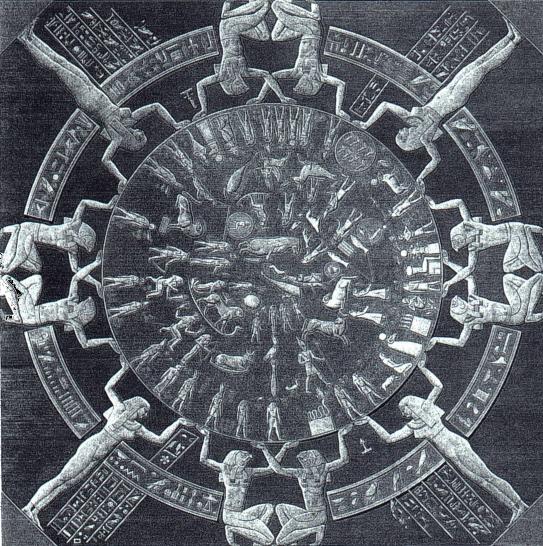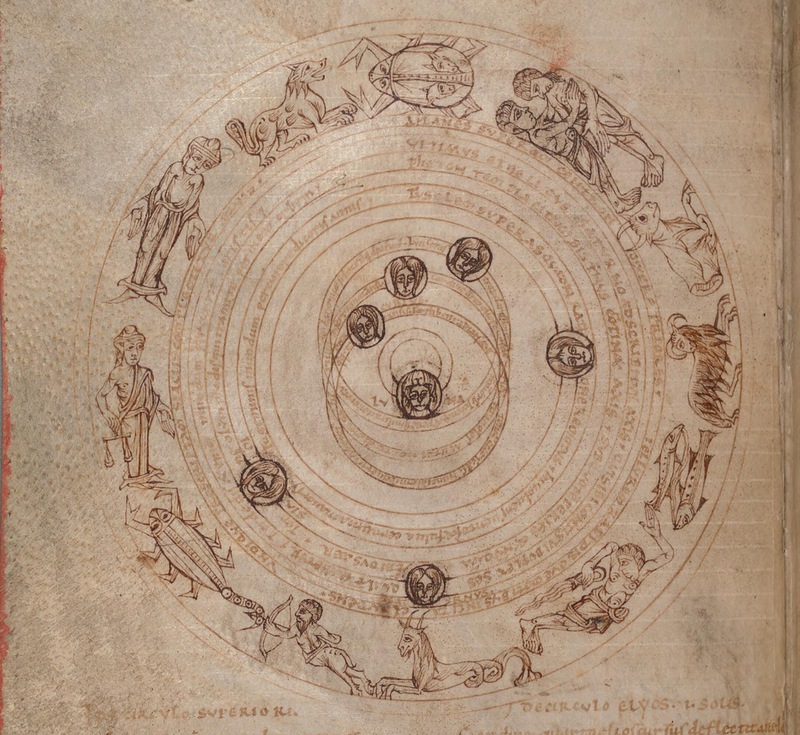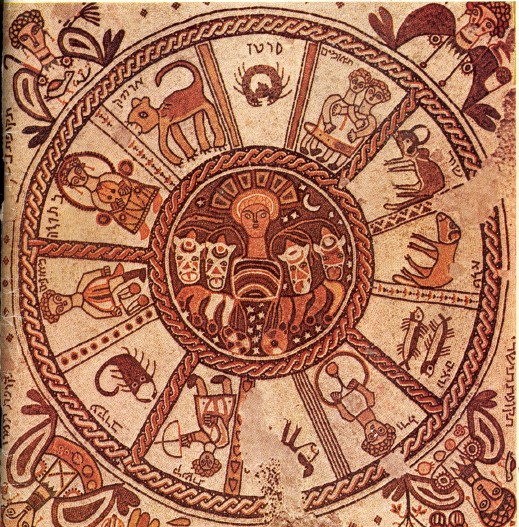Around 30% of all websites on the Internet use WordPress. That number is astounding if you think about it. More than one in every four websites that you encounter are using WordPress. There’s a reason all those sites choose WordPress, too! And that’s kind of what this post is about.
WordPress dominates the content management system market, with ~60% market share, That means not only is WordPress popular for all websites, it’s especially popular for websites with a pre-built content management system. The next closest competitor – Joomla with 6.8% – doesn’t even come close to matching WordPress.
WordPress is incredibly extensible with plugins
That means you can add cool functionality to your site without needing to know how to code.
WordPress’ massive plugin ecosystem beats out all of the other content management systems.
Beyond plugins, WordPress also offers an insane collection of themes for your site. Themes let you control exactly how your site looks, again, without needing to know a single line of code.





